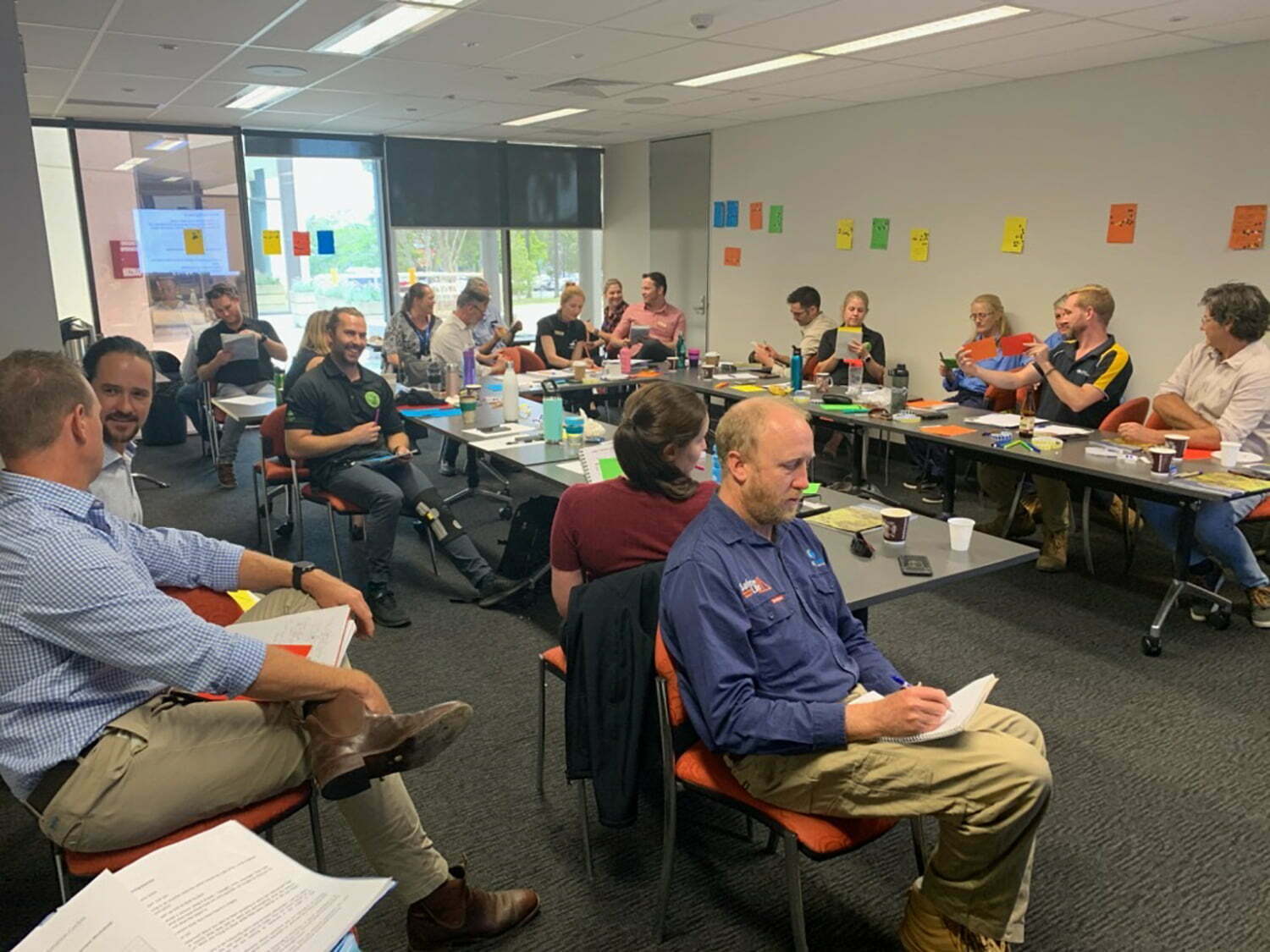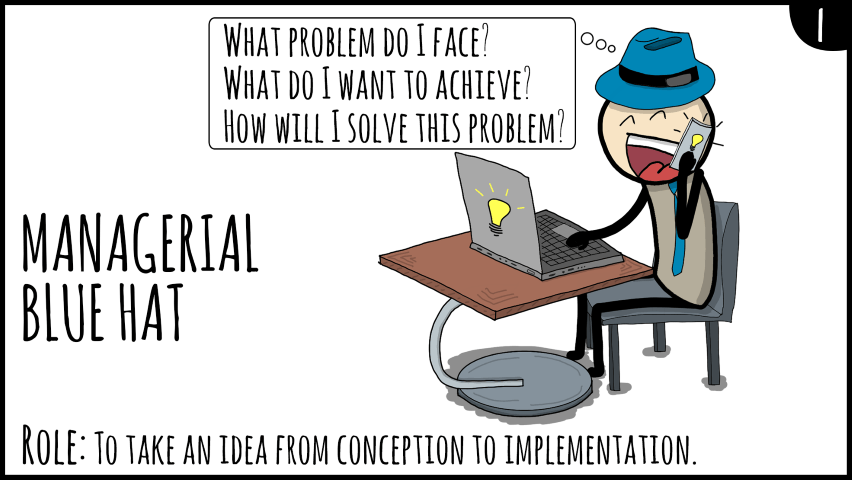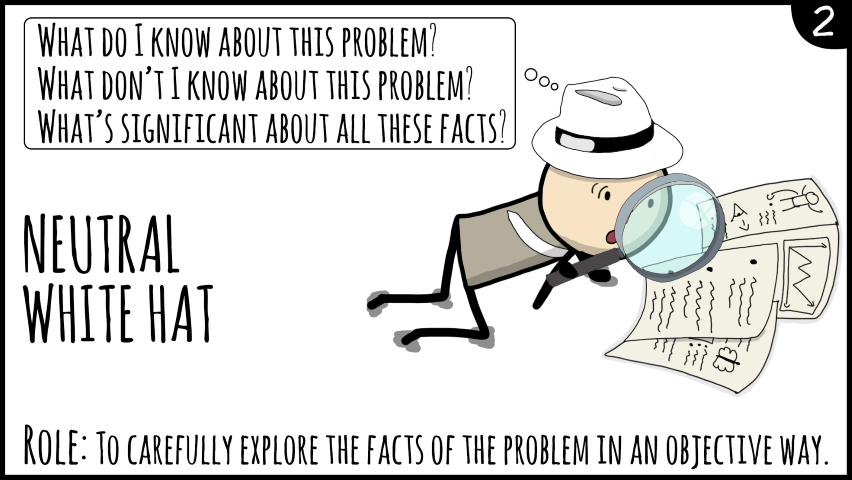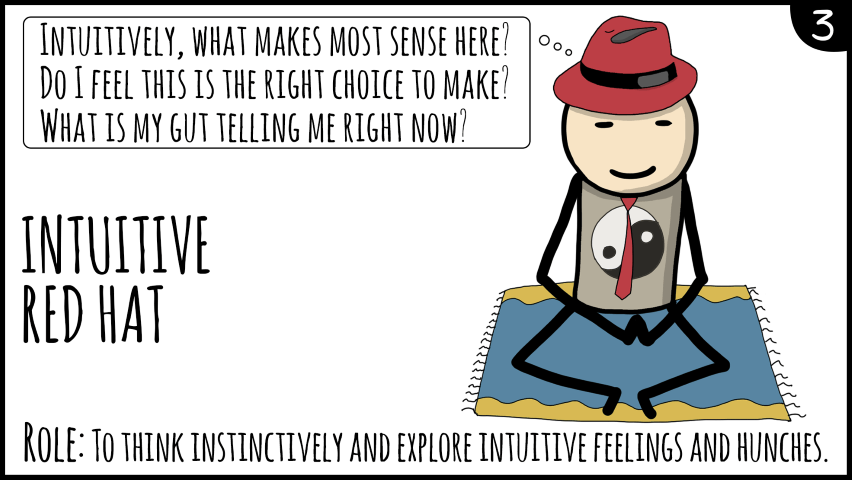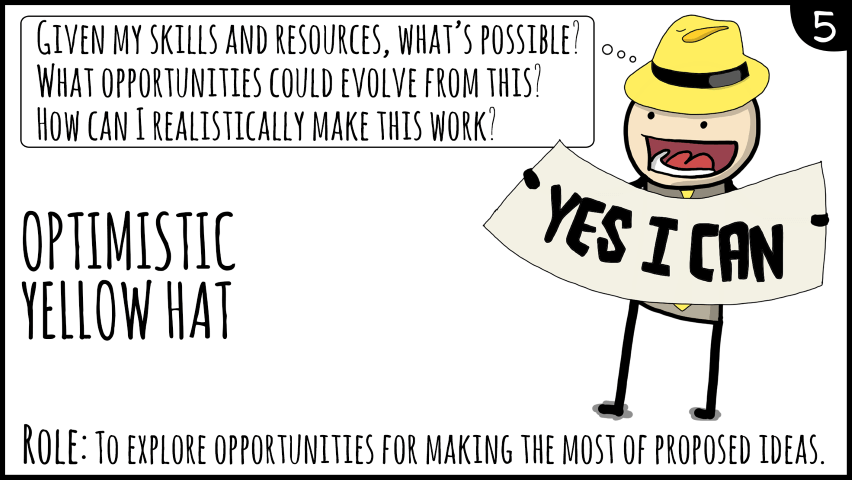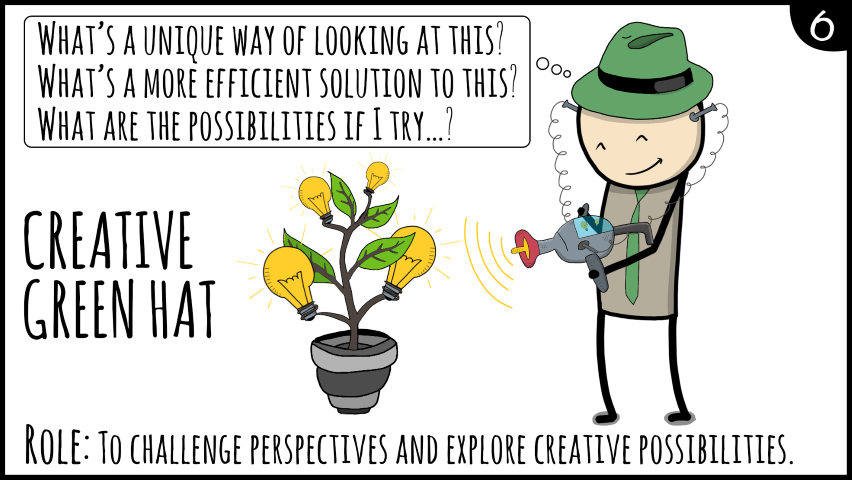Upon arrival to sunny Queensland I was surprised to find it in the grip of drought – something us southerners are accustomed to, but not when we visit the usually lush northern states. After arriving at Logan City Council and struggling with the usual technology challenges (which a call to the in-house IT guy sorted out), we were ready to welcome the 24 managers and practitioners responsible for managing the region’s waterways. Our group was drawn from South-East Queensland Water, Council of Mayors, Scenic Rim City Council, Logan City Council, Redlands Council, Land for Wildlife and the Gold Coast.
After some tea and coffee, we were straight into a collaborative activity involving telling truth’s and lies, which was a wonderful way of getting to know each other. We discovered that someone got struck by lightning, another had a fear of birds and someone else really didn’t like avocados. The purpose of this exercise was to demonstrate how starting a workshop off with a fun and sharing activity, enables trust to be built within a group so that we could have a really productive day.
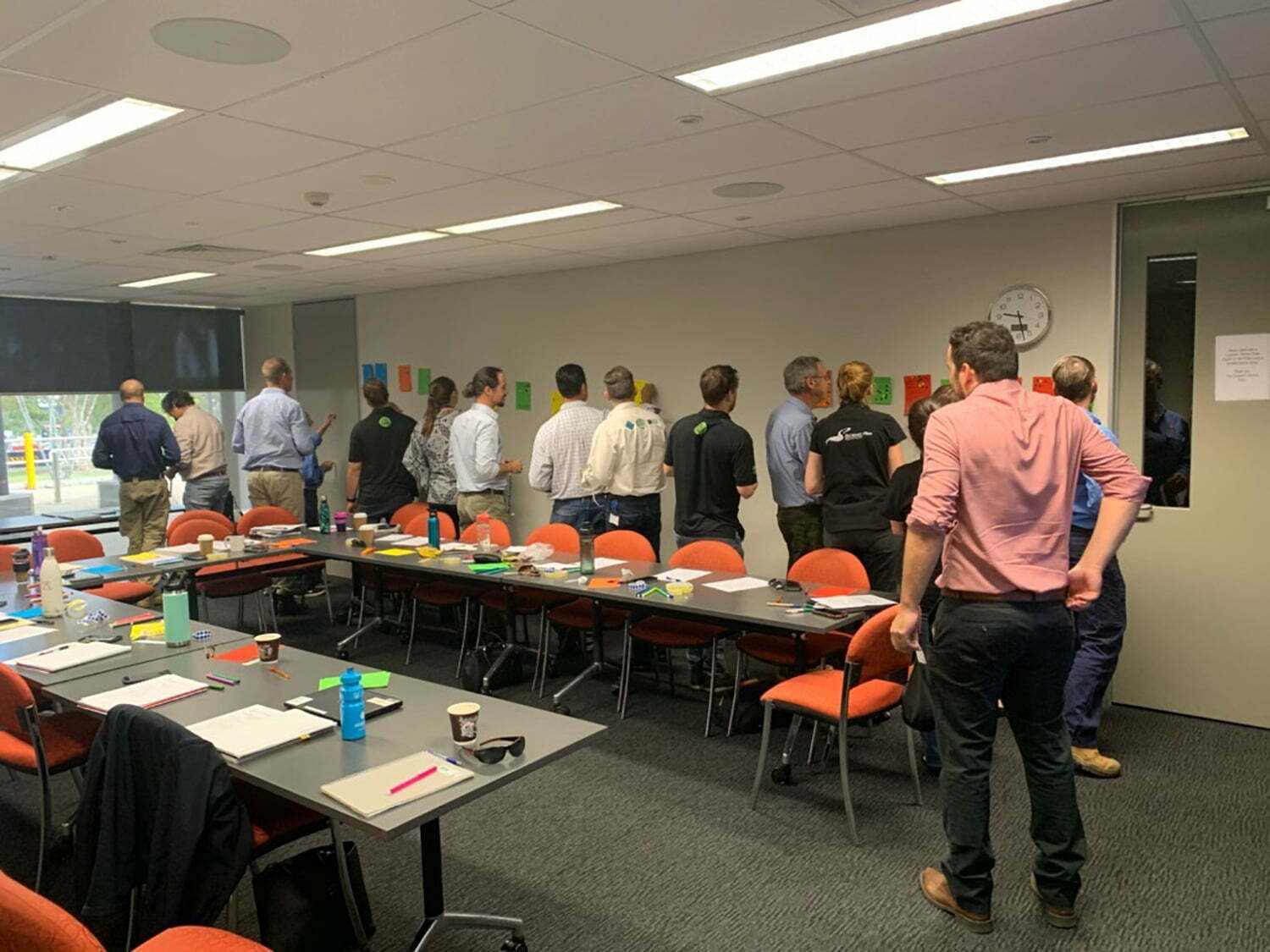
Truths and lies activity – we learnt a lot of things about each other we never knew before!
Once we finished laughing, we were into the serious business of riparian rehabilitation, with presentations on riparian management issues based on the very practical Stock and Waterways Guide produced by the Australian River Restoration Centre and Water NSW. We also covered the Rivers of Carbon Program as a case study, with this sparking a lot of conversation about local examples. We spent quite a bit of time hearing from workshop participants about their situations and work context so that we could share these experiences and learn from each other in a semi-structured way.
After lunch, we delved into some active listening exercises which exposed not only listening skills within the group, but their capacity to draw – what a diversity of artwork! Turns out we were very good listeners overall, but only some of us will be taking up still life drawing any time soon (maybe that’s a retirement aspiration). After we had finished having waaaay too much fun, we indulged in a bit of neuroscience and learned what makes us good leaders (hint = empathy is key).

Active listening activity.
The next area to cover was how we can apply Edward de Bono’s six thinking hats to working with stakeholders, particularly landholders. The six thinking hats are based on personality types, and enable us to gain an appreciation of how different people view the world. This knowledge assists us in engaging with people who may not be the same as ourselves. We were lacking a red hat, so one of the participants kindly made one using his fantastic origami talents. Thanks for that!
Edward de Bono’s Six Thinking Hats:
The afternoon saw us bringing all we had learnt together by looking at the 5 Ps – a collaboration and community framework for implementing a successful project – place, profit, promise, proof and people. This helped to inform a group activity where people used everything they had learnt to map out a project or event. This was very useful for many practitioners as the Five Ps could be applied to extremely varied contexts and situations. This not only helped participants to understand the practicalities of project planning, but it provided the opportunity to learn from each other’s experiences and build relationships that will last into the future.

Workshop participants plus Lori

It was wonderful to work with such a great bunch of committed, dedicated people. Their input and knowledge, and the way they embraced all the activities that the workshop had on offer was commendable. Hopefully some new relationships were forged as well 😊
Useful resources:
Tailored stakeholder workshops:
If you would like a workshop tailored for your organisation, please get in touch with Siwan or Lori.
Siwan Lovett
✉️: siwan.lovett@arrc.com.au
Lori Gould
✉️: lori.gould@arrc.com.au
